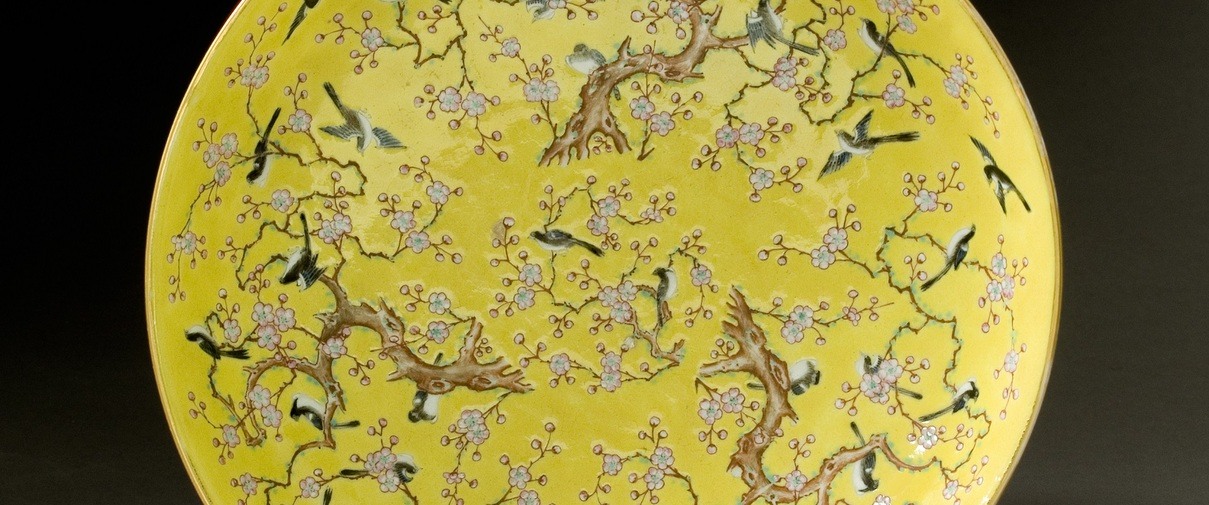Plate with magpies and prunus
A wish from thirty magpies
What is special about a magpie? Why are there so many of them depicted on this antique Chinese plate from the nineteenth century? In Dutch culture, the magpie does not have a positive image. With its black and white feathers, it is a recognizable bird in the Dutch street scene, but it is known as a thief. Jewelry and shiny objects are said to be unsafe when there is a magpie nearby. Now, magpies are naturally curious birds and when they find a shiny object, they will definitely want to take a closer look. But they never take it with them, research shows!
In China, the magpie has a completely different reputation. Love for birds in general is self-evident there, and you will therefore never find images of dead birds. In any case, in China, no symbolism is used on paintings or porcelain decorations that could make the viewer think of death. In the Netherlands, this is very different. Dutch still lifes from the seventeenth century, for example, often depict dead birds.
